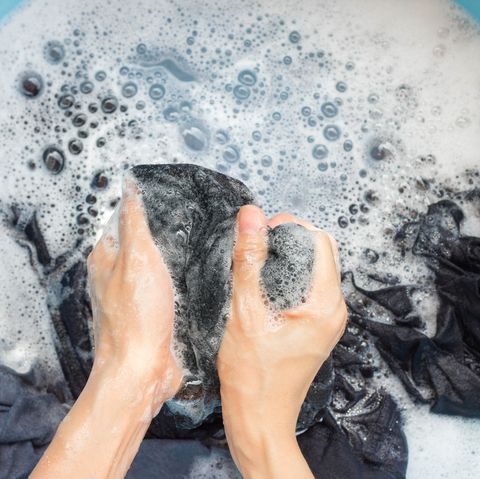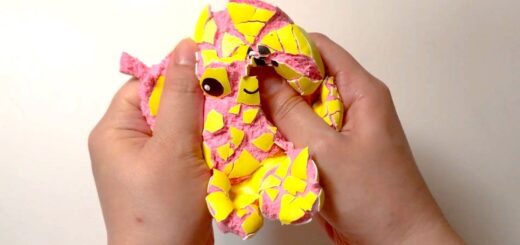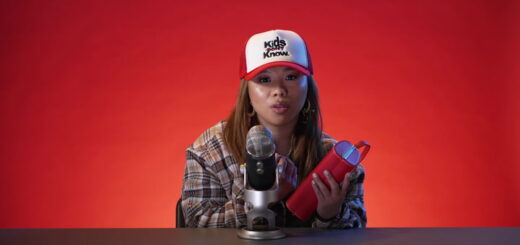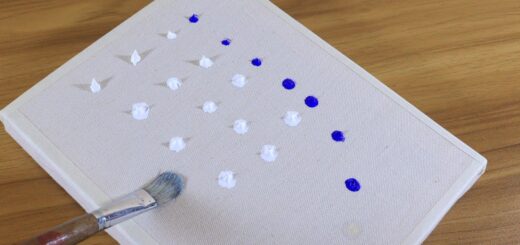What Is Laundry Stripping? How to Strip Towels Cleaning Method
[ad_1]

Phornphan Pradittiemphon / EyeEmGetty Images
There’s no shortage of oddly satisfying videos on social media, from soap cutting to slime squishing to Sex Education’s Gillian Anderson doing ASMR. (Okay, that last one might just be really satisfying to me as a fangirl, but you should check out Behr’s ASMR video.) While TikTok is perhaps best known for its dance and lip-sync challenges, users have recently been sharing their home projects during the coronavirus lockdown. And the latest viral trend to make the rounds is towel stripping, a subset of laundry stripping. This cleaning method is not only super satisfying—albeit in a little bit of a gross, Dr. Pimple Popper kind of way—but also turns out to be incredibly practical.
In the videos, users fill their bathtubs with hot water, throw in some cleaning solutions, then soak towels in the mixture for a few hours. As you can see in the videos, the process pulls out all the gunk and buildup in your towels, yielding rather murky brown or gray water in your tub. (That’s it. That’s the TikTok.) After you strip your towels, the videos claim they will be cleaner than ever before.
So, is towel stripping the real deal? In a word, yes!
This content is imported from TikTok. You may be able to find the same content in another format, or you may be able to find more information, at their web site.
What Exactly Is Towel Stripping?
Laundry stripping at large is the process of removing buildup—that is, residue from detergents and softeners, minerals from hard water, oil, dirt, and bacteria, among other icky things—from your textiles. Throwing your towels in the washer simply won’t cut it.
“Stripping towels helps to eliminate any odors from the fabric and allows the towels to restore their absorbency,” says Leanne Stapf, chief operating officer of The Cleaning Authority, a national home cleaning service. “In the end, you’ll find the towels return back to a fluffier fabric.”
Why Should I Strip my Towels?
Over time, towels can get a bit grimy with standard usage, and they may become less absorbent—not to mention a little smelly—no matter how many times you throw them in your washer. So rather than throwing them out, you can extend their lifespan by stripping.
While all towels could use a good strip now and again, people who use homemade detergents might need to strip a little more often. “While homemade soap omits chemicals and is often cost-efficient, it typically doesn’t wash your clothes and linens as effectively as store-bought detergent,” says Diana Rodriguez-Zaba, President of ServiceMaster Restoration by Zaba, a Chicago-based cleaning service.
You should also consider laundry stripping if you have hard water, or if you use fabric softener or dryer sheets—they all contribute to a buildup of residue in textiles. “Fabric softener and dryer sheets are great items to use to make our towels and clothes smell amazing, however, they do leave a small layer of film that is nearly invisible,” says Justin Carpenter, owner of Dallas-based cleaning service Modern Maids, “If you use them regularly when washing and drying, then I recommended stripping about once a month.”
What Else Can I Strip?
You can strip all textiles! While you should definitely focus on heavy-duty linens like towels, bathrobes, and bedsheets, you can also strip your clothing, though you should do so with caution, as clothing is often on the more delicate side of the spectrum.
“Your cotton fabrics will need to be stripped more often than your synthetic ones, as synthetic fabrics tend to wick away odor and moisture more effectively,” says Zaba. “When deciding what to strip and how often to strip it, consider the fiber length and density of the material. Towels with dense fabric and long fibers tend to trap odor, causing excessive bacteria and buildup over time.”
How Do I Strip my Towels?
Here’s what you’ll need:
- “Clean” towels (meaning freshly laundered, either wet or dry)
- Borax
- Washing soda (sodium carbonate)
- Laundry detergent
Start by filling your bathtub, sink, or a large bucket with hot water. Add borax, washing soda, and laundry detergent in a 1:1:2 ratio. For a bathtub, we recommend ¼ cup borax, ¼ cub washing soda, and ½ cup detergent. Stir to dissolve.
Completely submerge your towels in the mixture and soak until the water has cooled, which usually takes four to five hours. Stir occasionally to help coax out all the buildup in the towels.
Drain the dirty water (it’ll be a satisfying-but-horrifying murky gray color), then run your towels through a rinse-only cycle in your washing machine. Finally, tumble dry them—without dryer sheets—and voilà! Your towels will be cleaner and fluffier than ever.
Follow House Beautiful on Instagram.
This content is created and maintained by a third party, and imported onto this page to help users provide their email addresses. You may be able to find more information about this and similar content at piano.io
[ad_2]
Source by [author_name]














